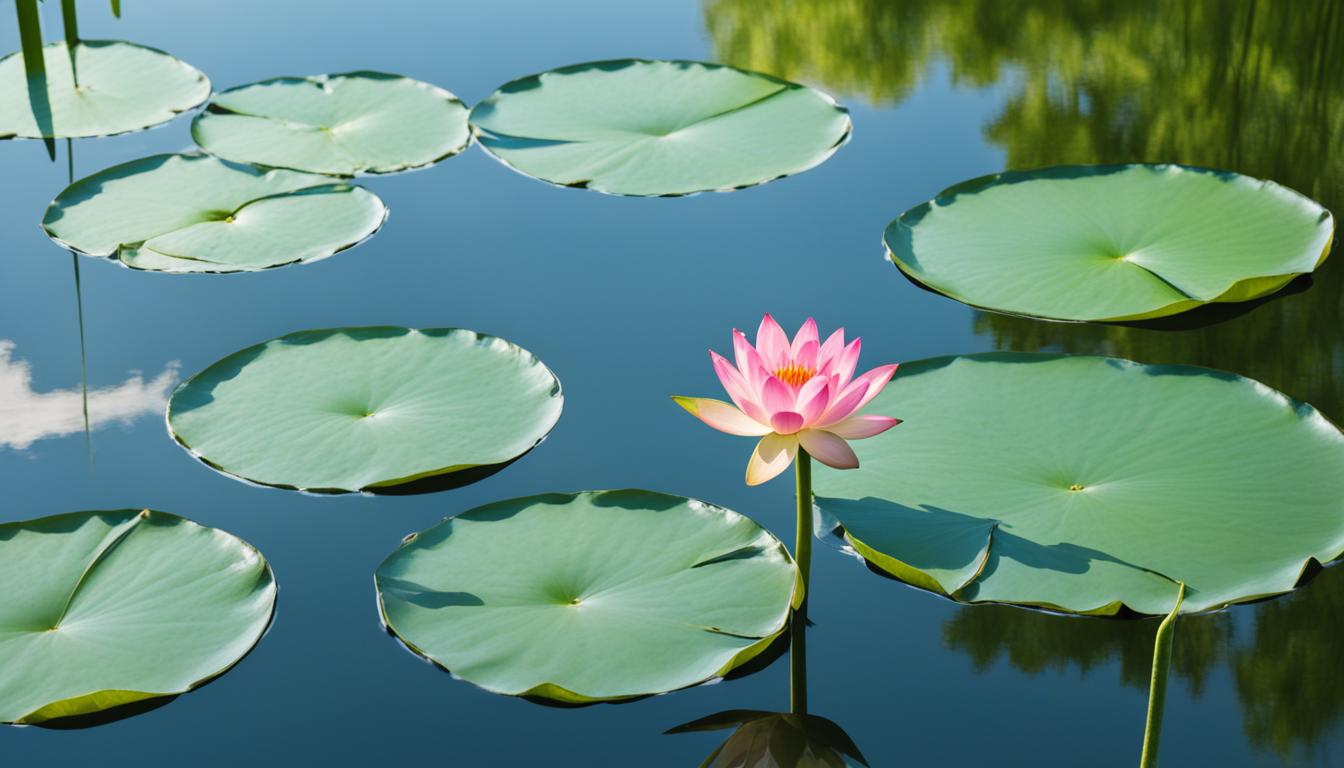Nasturtiums are quick and easy to grow, blooming from midsummer to the first autumn frosts. They come in bushy or trailing types.
These plants love poor soil and full sun, perfect for beginners. Their leaves, flowers, and seeds taste like peppery watercress.
Nasturtiums also keep pests away from vegetables by attracting good insects. They’re simple to grow from seeds, either directly in the garden or indoors. With the right care, you’ll enjoy these bright flowers all season.

Key Takeaways
- Nasturtiums are one of the quickest and easiest annuals to grow, producing masses of vibrant blooms.
- They can be grown as bushy, compact plants or as trailing, climbing varieties.
- Nasturtiums thrive in poor, well-draining soil and full sun, making them ideal for beginner gardeners.
- Their leaves, flowers, and seeds are all edible, with a peppery, watercress-like flavor.
- Nasturtiums make excellent companion plants, attracting beneficial insects and deterring pests.
About Nasturtiums
Types of Nasturtiums
Nasturtiums are part of the Tropaeolum genus. They come in many vibrant colors and shapes. With over 50 varieties, gardeners have a lot to choose from. These plants can live for a year or more, and their leaves look like small lotus leaves.
Popular nasturtium types include Tropaeolum majus, Tropaeolum lobbianum, Tropaeolum minus, and Tropaeolum nanum.
They all come from Central and South America. You can eat the leaves, flowers, stems, and young seed pods. They taste like peppery mustard.
Nasturtiums vary in how they grow. Some are bushy and spread out, while others climb. The top 10 nasturtium flower types include Tall Trailing Mix and Empress of India. Each variety has its own colors and how it grows.
These plants love full sun but can also grow in partial shade. In shade, they make more leaves. In full sun, they bloom more. Gardeners love nasturtiums for their easy growth and how well they adapt to different places.
Grow A Nasturtium and Care
Nasturtiums add a pop of color to any garden with their bright flowers and cascading growth. They are easy to care for, making them perfect for both new and seasoned gardeners. Let’s explore how to plant, maintain, and choose companion plants for nasturtiums.
For Nasturtium Planting, these flowers love full sun and soil that drains well. They do well in neutral to slightly acidic soil and don’t need much fertilizer.
Plant seeds directly in the garden after the last frost, or start them indoors 2-4 weeks before. Nasturtiums have delicate roots, so they don’t move well when transplanted. Use a mix with grit or perlite in containers for good drainage.
For Nasturtium Maintenance, keep them watered, but they can handle some drought. Remove dead flowers to keep them blooming, and trim trailing types to keep their shape.
Nasturtiums are great Nasturtium Companion Plants because they keep pests away from nearby veggies and draw in helpful insects.
Their bright colors and trailing nature add beauty to the garden, fitting well with many other plants.
| Nasturtium Fact | Value |
|---|---|
| Typical Thriving Zones | 10 and 11 |
| Germination Time | 2-7 days |
| Trailing Varieties | Require ample space to spread |
| Planting Spacing | 12 inches apart |
| Watering Needs | Moderate, as they are drought-tolerant |
| Flowering Period | Spring and fall |
Nasturtiums are a joy in the garden with their bright colors, edible flowers, and simple care. Whether you’re showcasing them alone or mixing them with veggies or flowers, these plants will add beauty and happiness to your garden.

Nasturtium Varieties
I love exploring the many nasturtium types available. From the Tropaeolum majus that flows from hanging baskets, to the Tropaeolum minus that does well in borders, there’s a nasturtium for every garden.
My top picks are the ‘Alaska Mix’ for its colorful leaves, the ‘Salmon Baby’ for its soft pink flowers, and the ‘Variegatus’ for its bright blooms.
I also enjoy the ‘Peach Melba’ for its creamy flowers and the ‘Empress of India’ for its bold scarlet flowers and blue-green leaves. Edible nasturtiums add a peppery taste to salads and garnishes with their leaves, flowers, and seedpods.
Nasturtiums are great for gardens, whether you like their look or their taste. They’re easy to care for and come in many varieties. This makes them a favorite among gardeners and cooks.
FAQ
Are nasturtiums easy to grow?
Yes, nasturtiums are quick and easy to grow. They do well in poor soil and need full sun. This makes them perfect for beginners.
What are the different types of nasturtiums?
Nasturtiums have different growth habits, like bushy or trailing types. They belong to the Tropaeolum genus. There are both annual and perennial types.
Are nasturtiums edible?
Yes, nasturtiums’ leaves, flowers, and seeds taste like peppery watercress. They’re great for garnishes and salads.
How do I grow nasturtiums?
Growing nasturtiums is easy, whether from seed in the garden or indoors. They love full sun and good drainage. They don’t need much fertilizer. Water them well, but they can handle some drought.
What are the benefits of growing nasturtiums?
Nasturtiums are great companions, drawing in good bugs and keeping pests away from veggies. They’re versatile, fitting well in many places like walls, beds, or pots.
What are some popular nasturtium varieties?
Some top nasturtium varieties are ‘Alaska Mix’ with colorful leaves, ‘Salmon Baby’ for its pink flowers, ‘Variegatus’ for its cascading look, ‘Peach Melba’ with creamy flowers, and ‘Empress of India’ for its classic beauty.



